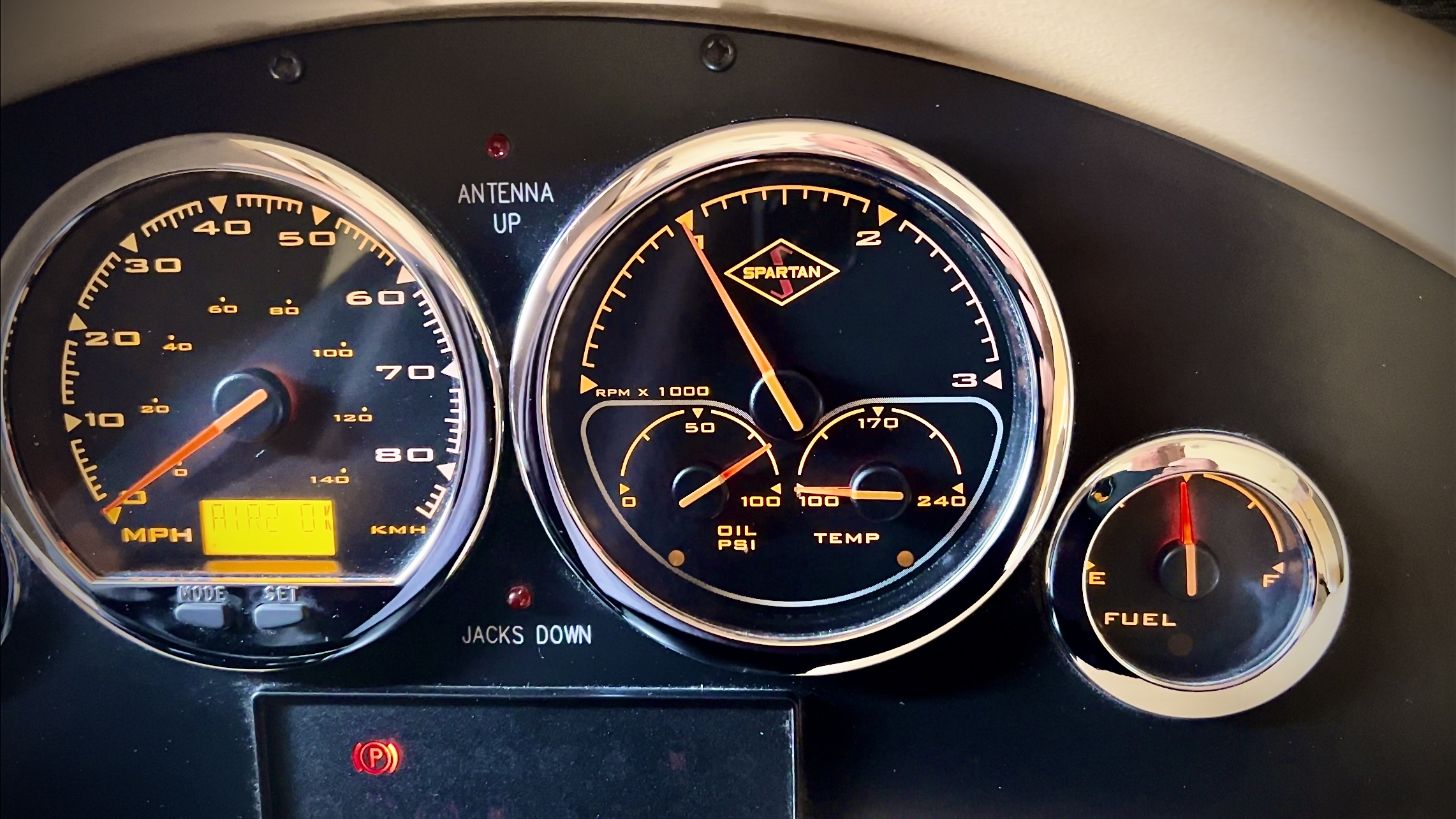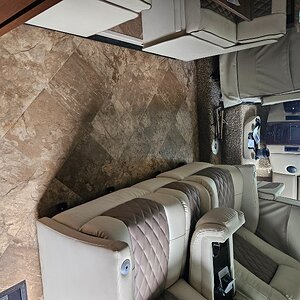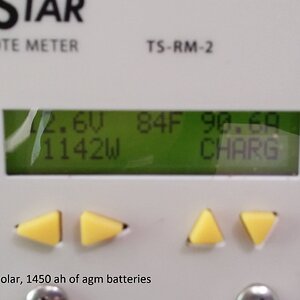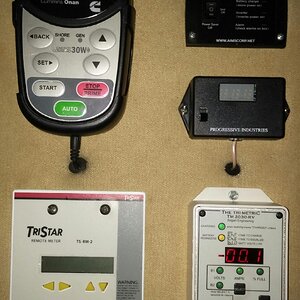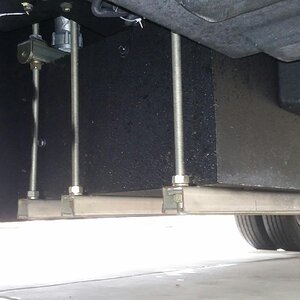Neal
Administrator
- Joined
- Jul 27, 2019
- Messages
- 13,870
- Location
- Midlothian, VA
- RV Year
- 2017
- RV Make
- Newmar
- RV Model
- Ventana 4037
- RV Length
- 40' 10"
- Chassis
- Freightliner XCR
- Engine
- Cummins 400 HP
- TOW/TOAD
- 2017 Chevy Colorado
- Fulltimer
- No
I've watched some start their coaches in the morning and go straight to fast idle. Raises an eye brow a little for me, is that really good for a cold engine? Seems I'd want to let it idle and get fluids flowing first, warm up, then go high idle if needed
Any opinions on fast idle on a cold engine or shortly after starting?
Any opinions on fast idle on a cold engine or shortly after starting?
